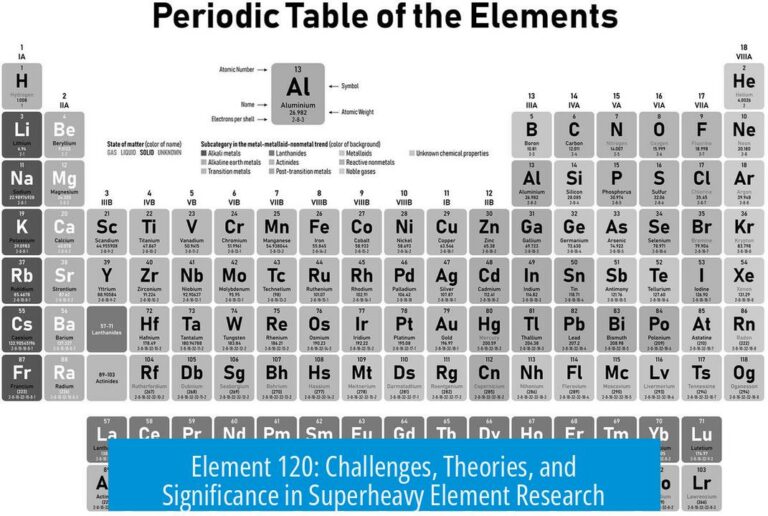Understanding the POCl3 Structure
The structure of POCl3 is best described as a resonance hybrid featuring phosphorus bonded to three chlorine atoms and one oxygen atom, with the bonding involving formal charges rather than a true double bond.
Phosphorus and Its Bonding Capacity
Phosphorus belongs to the third period of the periodic table. This position allows it to expand its valence shell beyond the typical octet. Consequently, phosphorus can form more than four bonds. In POCl3, it connects to three chlorine atoms and one oxygen atom.
Why the Oxygen Doesn’t Form a Simple Double Bond
Common depictions show a double bond between phosphorus and oxygen. This implies phosphorus has more than eight electrons in its valence shell, leading to electron oversaturation.
- Phosphorus with a double bond to oxygen would exceed the octet rule.
- Oxygen typically satisfies the octet with either two single bonds or a neutral configuration with two bonds and lone pairs.
This casts doubt on the conventional double-bond depiction.
Role of Resonance Structures
Resonance structures help explain bonding in POCl3. They spread formal charges and electron density over the molecule rather than fixating on one Lewis structure.
| Resonance Aspect | Description |
|---|---|
| Formal Charges | Phosphorus carries a positive charge, oxygen carries a negative charge. |
| Electron Distribution | Electrons localized more on oxygen rather than shared as a double bond. |
| Bond Representation | Phosphorus has four bonds: three to chlorine and one single to oxygen. |
Actual Bonding Without a Double Bond
POCl3 does not contain a covalent double bond between phosphorus and oxygen. Instead, the bonding is polarized. The best representation shows phosphorus connected to oxygen by a single bond with formal positive and negative charges.
This depiction aligns with minimizing the molecule’s potential energy and reflects the weighted average of resonance contributors.
Octet Rule and Main Group Elements
Claims that elements below the second period commonly break the octet rule in main group chemistry are often misconceptions. Phosphorus, though more flexible, rarely violates this rule in stable compounds. The resonance view resolves this by avoiding electron oversaturation.
Key Points
- Phosphorus in POCl3 bonds to three Cl atoms and one O atom.
- The P=O double bond is a resonance concept, not a true covalent double bond.
- Resonance structures carry formal charges: positive on P, negative on O.
- The real structure is a resonance hybrid lowering molecular energy.
- Octet rule violations are mostly avoided by distributing electron density via resonance.





Leave a Comment